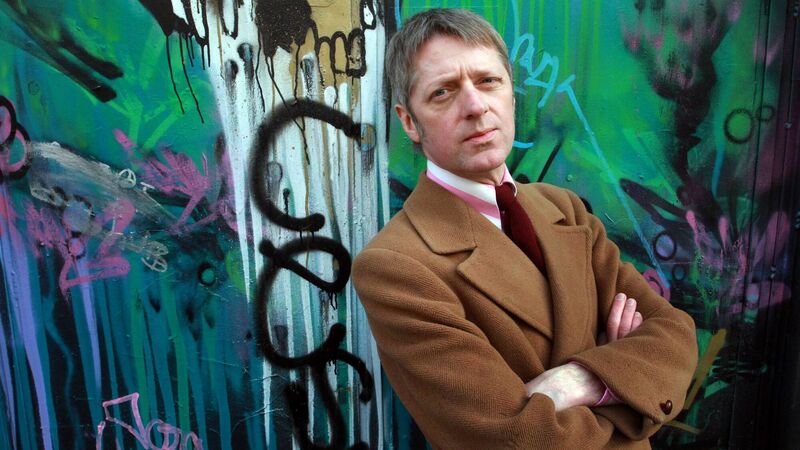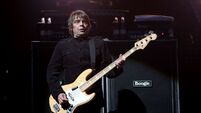Book review: Glenn Patterson explores a very Irish issue in The Last Irish Question

Glenn Patterson: The jumping-into-a-taxi ethos works very well as Patterson meanders by the scenic route towards a topic. Picture Nick Bradshaw
THERE’S a young woman living in London who comes from one part of Ireland and realises she is not from another part of Ireland when talk turns to The Late Late Toy Show. From there and not from here. The young woman comes from the North. She knows she is from a distinctly different part of the island when her friends from the Republic chat in London about their experiences growing up and watching the toy show.
As Glenn Patterson tells it: “Nothing makes her feel more Northern than the social media nostalgia storm the show stirs among her Southern Irish friend groups.”




